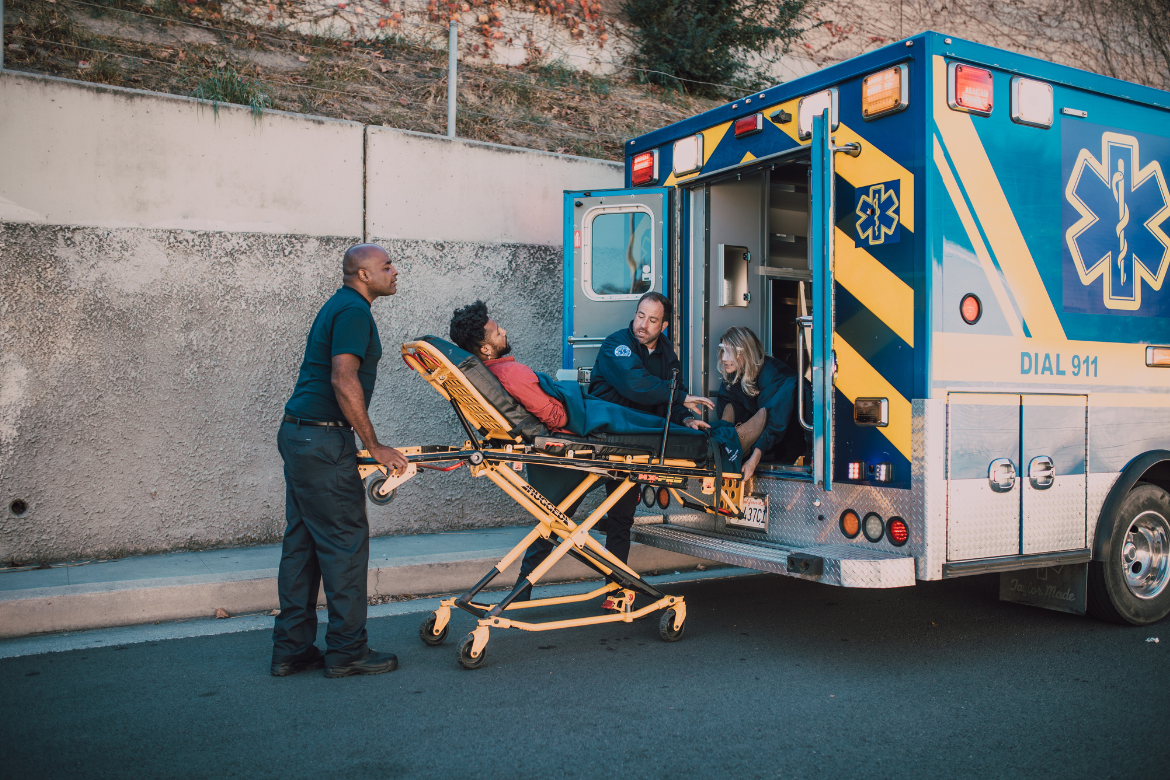The province said this week they are making investments to get more paramedics working in rural and northern areas, but the president of the union that represents rural paramedics says more still needs to be done to stop the ongoing staff shortages that continue to plague rural communities.
“Manitoba is still burning out paramedics due to short-staffing,” Manitoba Association of Health Care Professionals (MAHCP) president Jason Linklater said. “If I have one piece of advice right now, it is to hire paramedics whenever and wherever you can get them, and offer incentives in areas where you are having difficulty recruiting.”
The province said Wednesday that as part of their 2024 budget, they will provide $124,000 to Red River College Polytechnic in 2024-25 for the college to add 16 training seats for advanced care paramedics (ACPs)
The funding will be geared towards getting more trained paramedics working in rural and northern communities, as there have been well documented shortages of skilled paramedics in rural communities in Manitoba in recent years.
Rebecca Clifton, the director of the Paramedic Association of Manitoba, applauded Thursday’s announcement in a media release, saying better education and training for paramedics will ultimately lead to better health care in rural and northern areas.
“Advanced care paramedics are a huge asset to rural health care,” Clifton said. “With a deeper education and greater skill set, they can provide more acute care for patients, making them vital in critical transports or emergency rooms in remote, rural settings.
The province says they will also incentivize more students to train as ACPs by investing more than $16 million to expand job opportunities, including adding a third ambulance in the city of Brandon.
Budget investments will also now allow for the implementation of community paramedicine units across eastern, western and northern parts of Manitoba, as the province said 21 clinical service leaders have been hired since January in Dauphin, Flin Flon, Lac du Bonnet, Ashern, Neepawa and The Pas, while additional staff have been recruited and are in varying stages of onboarding.
“Our government is investing in paramedicine, so that Manitobans can feel secure knowing first responders will be there to assist in emergencies,” Health Minister Uzoma Asagwara said in a Wednesday release.
Linklater said although the investments are a good thing, it’s going to take a lot more to fix ongoing problems in Manitoba when it comes to staffing levels and working conditions for rural paramedics, and the level of emergency care for rural and northern residents.
“Manitoba lost hundreds of paramedics in recent years in rural Manitoba, driving up response times for the life-saving services they provide,” Linklater said. “We don’t have updated staffing numbers, but anecdotally we are hearing that paramedics are still just as stretched as they were under the PCs.
Linklater said MAHCP currently estimates there are between 150 and 200 vacancies across the province for rural paramedics, and that in some areas of the province vacancy level sit between 30 and 40%.
“Recent new hires are just plugging huge holes as paramedics leave, it’s not clear that progress is being made yet,” he said.
Linklater said MAHCP hopes to work cooperatively with the province to address the staffing shortages, and has seen a willingness of the premier and the health minister to listen to and be receptive to the union’s concerns since the NDP took office.
“MAHCP is committed to working with Shared Health and the Manitoba Government to make sure they can meet the Budget 2024 commitment to add 90 paramedics, and Premier Kinew’s broader election commitment to add 200 more paramedics,” Linklater said.
— Dave Baxter is a Local Journalism Initiative reporter who works out of the Winnipeg Sun. The Local Journalism Initiative is funded by the Government of Canada.






